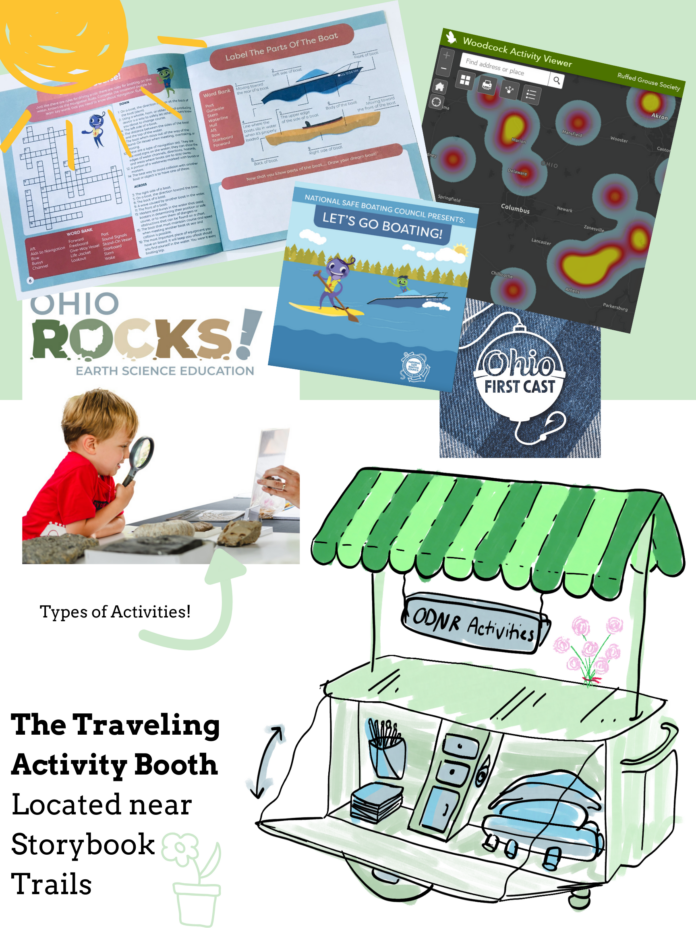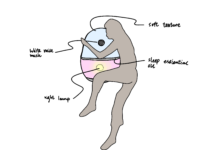ABOUT
Through exploring the business world, I learned a very important thing: efficiency and the value of a customer becoming the co-producer. I really liked the idea of a hot dog cart being able to act as a moving activity cart for children and adults at a park. It is durable and easy to move. Reading more about it, I learned about how every item in the hot dog cart is strategically placed to create maximum efficiency. Planning where to put things is perhaps one of the biggest parts of running a hot dog stand (Carruthers, 2018). From IKEA I learned an even more important aspect of their successful business model: making the customer the co-producer of the solution. By giving agency to the customer, IKEA innovated their company to be more hands off and more sustainable. IKEA customers build their furniture pieces, which come in flat-pack boxes. These boxes are much easier to store, require less packaging, and can be made with recycled materials (Edvardsson & Enquist, 2011).
When tasked to create a design conjecture, I leaned onto the hot dog cart as the silhouette for my idea. Weather-soluble, this could be a cart left out in inclement weather. The hot dog cart and IKEA both talk strongly about space management, and being limited to a smaller space does not mean I can not utilize it to the best of my ability. If I were to continue with this design conjecture, I would love to play with the inside storage compartments of the cart, and be able to plan out where everything could go that would be easiest for visitors to interact with. IKEA also likes their customers to have agency – and ODNR parks don’t necessarily have the extra staff to run these carts. I imagine these to be completely accessible with or without a person running the stand.
REFERENCES
Carruthers, J. (2018, August 10). What it’s like to work at a hot dog cart. Serious Eats. https://www.seriouseats.com/what-its-like-to-work-at-a-hot-dog-cart
Edvardsson, B., & Enquist, B. (2011). The service excellence and innovation model: Lessons from IKEA and other service frontiers. Total Quality Management & Business Excellence, 22(5), 535–551. https://doi.org/10.1080/14783363.2011.568242




